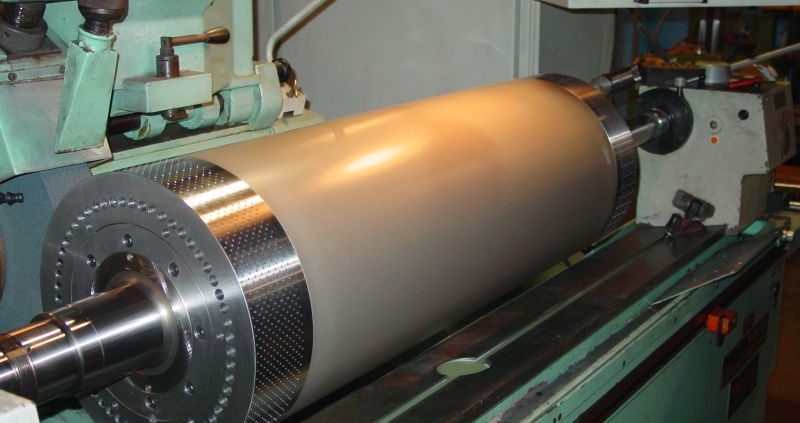What is the Importance of Cutting Die Maintenance?
Well-maintained dies are one of the most important aspects of the cutting die industry. It’s essential for dies to have regular maintenance in order to produce good parts without delays — and dies that do not function correctly are unacceptable!
Dies are assembled from parts that must work together and should be designed correctly since safe performance begins with good design. Careless operation and poor maintenance will cause great difficulty in spite of the designer’s best efforts.
What is Die Maintenance?
Die maintenance is sharpening cutting sections because of normal wear, replacing springs before their expected life cycle, periodically cleaning the dies and inspecting them for loose dowels or sections, and resurfacing and lubricating components as necessary.
Most likely, the problem is that the die used in the spring has designed improperly or that the spring deflects far beyond its most effective rate. Also, new dies may have design problems that must be corrected to assure smooth operation.
How to Extend the Life of Your Die?
- Sharpening. Part defects such as burrs, safety issues, and feeding problems, etc. are results of the cutting sections and punch edges break down over a period of time. Die sections and punch should be sharpened periodically. Use the right grinding wheel that breaks down and does not load up during grinding small metals that are very hard to cut. Wheels that load up and burn during the process results in softening, heat checking or cracking of the die section or punch. Grind the proper cutting shear, so the cutting angles are balanced reduces the necessary cutting force, and helps quiet down the die. Correct cutting shear reduces the shock loading of the die and press prolonging and die life.
- Shimming. Maintaining the timing of each die station is essential for shimming procedures. Should use fewer thicker shims, an excessive number of thin shims placed under a die section creates a section of spongy die, which may tend to breathe and move more. Also, there must be sufficient clearance for screws, slug drop holes, and dowels. Inspect all pierce holes to ensure that there is no shim interference in the slug drop hole. Avoid crooked shimming of die sections, and avoid overhanging shim on die sections. Remove all burrs from your shims and before mounting, make sure all sections and shims are free of debris.
- Inspect and Clean. Look for loose fasteners, missing dowels pins, galled die sections, broken springs, know why it’s broken, replace springs if they’re already close to the end of their normal life cycle, inspect wear plates and cam surfaces, regrind and fit as necessary, check for dulled, chipped, or cracked die sections and replace if needed, ensure that all screws are tight, all necessary mating die surfaces must be lubricated, inspect die to ensure that all safety guards are in place, all debris like slugs, slivers, and lubricant buildup from the dies must be cleaned, make sure to dry die so it will not rust and all cutting punches are secure in their retainers.
A regular schedule for die maintenance is very important and necessary activity. Without die maintenance, parts of the machine may fail, and repairs can be more costly and time-consuming.
International Cutting Die (ICD) know the importance of keeping machines and dies maintained and best way to keep it maintained is to contact (ICD), we make sure that we extend the life of your dies, ensures proper functionality, and meets OEM Specifications!
Click here to see more of our services: www.icd-inc.com/services/
Contact us at (708) 343 3333 or email info@icd-inc.com for further queries.



